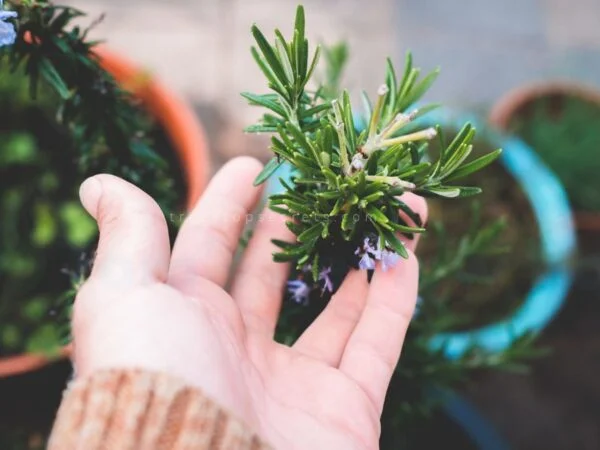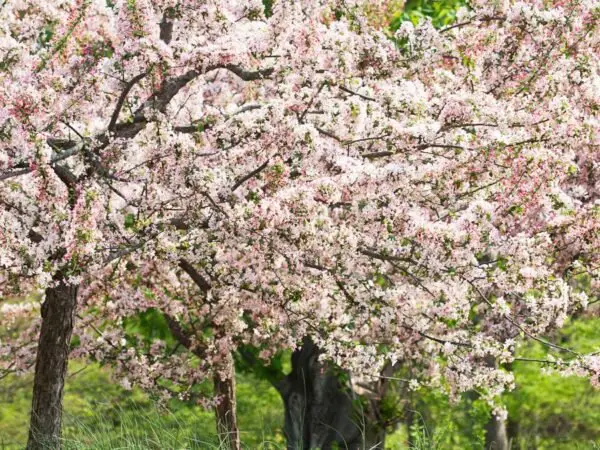Taking care of indoor plants during the summer requires a different approach to ensure their health and vitality. With increased sunlight and heat in Los Angeles, understanding watering needs and humidity levels becomes essential.
Most plants need to be watered more often when the temperatures warm up, so monitoring soil moisture will help prevent your plants from getting drought stressed. Giving your plants enough light but preventing them from being in direct afternoon sun will help prevent the leaves from burning.
Keeping indoor humidity high will help them thrive, particularly the tropical species. This guide will explore practical tips for summer indoor plant care, ensuring your greenery stays vibrant and flourishing throughout the warmer months.
Key Takeaways
- Modify your watering practices in the summer season. Evaporation is higher in the summer, and your indoor plants might require more water than usual. Buy a moisture meter to help you avoid overwatering.
- Maintain indoor humidity by misting plants or using humidity trays, and avoid placing them near air conditioning vents to prevent drying out.
- Make sure to check where the light is coming from during different times of the day. To prevent leaf burn, move plants out of the direct path of the sun or use sheer curtains to filter and diffuse the rays.
- Offer shade for your plants during the hottest sunlight hours to help prevent heat stress. Cluster them to form a shadier, cooler microclimate.
- Just monitor your plants for stress signals, such as yellowing leaves or droopiness. As you monitor your plants, if you identify any pests, act quickly to keep your plants healthy.
- Group your plants together according to their preferred level of light and humidity. This will help with air circulation and increase overall plant health in your indoor environment.
How to Care for Indoor Plants in Summer
Care for your houseplants in the summer with focused observation and flexibility. With summer’s increasing heat and changeable humidity, proper summer houseplant care becomes essential to keep your plants thriving. Here are some summer houseplant care tips that can help you maintain your indoor plants in perfect condition during the hottest months of the year.
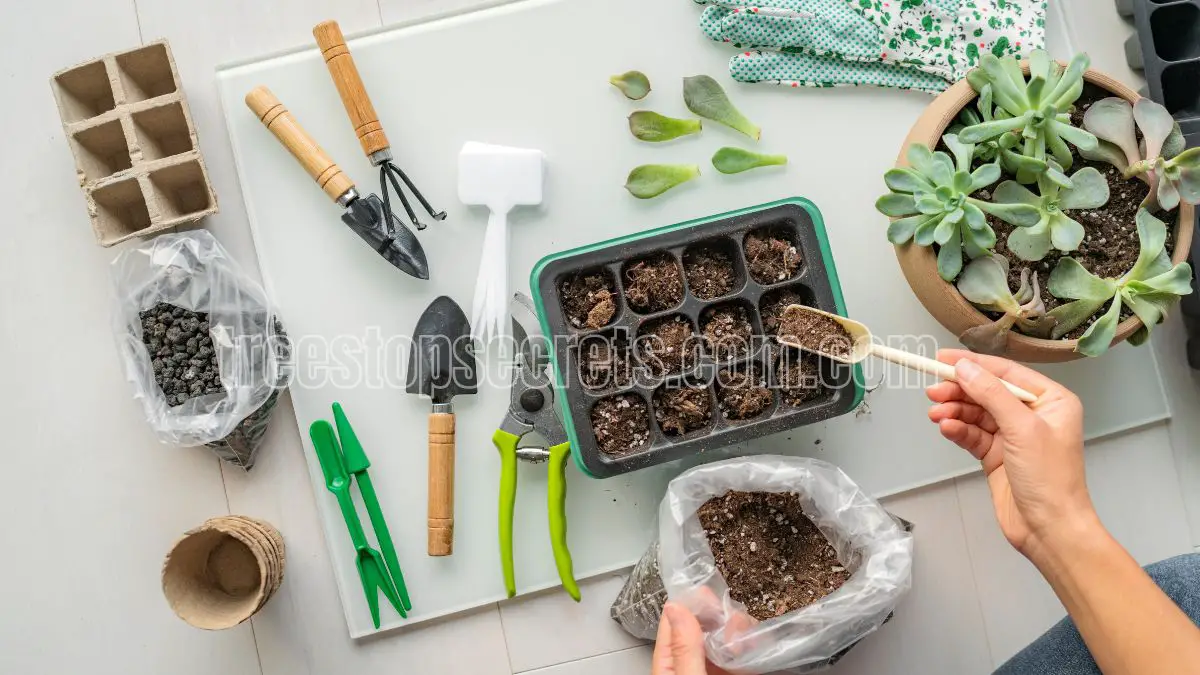
1. Adjust Watering Routines
As summer progresses, proper summer houseplant care becomes essential, as most indoor plants will require more water. With increased temperatures and low humidity, evaporation rises, causing your plant’s soil to dry out more quickly. Consequently, you may find that you need to adjust your watering routine more frequently.
Testing the soil moisture before watering is crucial to avoid overwatering, which can lead to root rot. Consider employing a deep watering technique, ensuring the water runs out the bottom of your pot to help develop a deeper root system, making your houseplants more resilient during the summer growth period.
Additionally, using pots designed to maintain an even moisture level can be extremely beneficial. These pots protect against the occasional missed watering, which is likely to happen as you enjoy your summer vacations.
2. Manage Indoor Humidity and Temperature
Indoor humidity is key to plant health. Indoor humidity becomes even more important in the summer months. To give a real hydration boost, mist your plants to give them an immediate shot of high humidity that will benefit your plants greatly.
Instead, humidity trays, which are large, shallow dishes filled with pebbles and water, can serve to produce a microenvironment that nurtures plants that thrive in humid environments. Keeping your indoors a comfortable temperature is just as important.
Don’t place plants in the direct path of air conditioning vents or near heating units. These appliances can tend to dry out the air around your plants. If your indoor humidity levels are consistently on the low side, consider using a humidifier. This is particularly good for tropical indoor plants that love humid environments.
3. Understand Summer Light Variations
Light levels can change dramatically throughout the day during summer, affecting how indoor plants should be positioned. Checking light exposure on a regular basis will ensure that your plants are always getting the right amount of light.
Watch out for leaf burn indicators such as yellowing or browning on the edges of leaves. These symptoms usually indicate that your houseplant is receiving too much direct sunlight. In these instances, placing plants away from direct sunlight or using sheer curtains to diffuse strong light can keep light levels optimal.
Rotating plants every few weeks will help you make sure that they’re getting equal light on all sides, which leads to balanced growth.
4. Protect Plants from Heat Stress
During the summer months, when the sun shines at its strongest between 10 am and 4 pm, your houseplants are more susceptible to overheating. To ensure proper summer houseplant care, shade becomes crucial. Consider relocating pots to a cooler area or using sheer curtains to filter intense sunlight and reduce heat stress. Creating a grouping of plants can foster a microclimate that helps keep the area cool and retain moisture, which is vital for thriving plants.
In general, avoid fertilizing stressed plants, as this can worsen their condition. Paying attention to wilting and drooping leaves is essential for identifying when houseplants are experiencing heat stress, allowing you to act before it’s too late.
Implementing a consistent watering routine is also important during the summer growth period. This will help ensure your thirsty plants remain hydrated and healthy. By following these helpful gardening tips, you can maintain a flourishing indoor garden throughout the summer season.
5. Identify Signs of Summer-Induced Stress
Being able to identify stress signals in your plants will allow you to make a move before it’s too late. Frequently, yellowing leaves or leaf drop indicates that a plant is suffering from heat or drought stress.
More often than not, wilting or curling leaves are a sign that your plant isn’t getting enough water. In addition to drought stress, summer conditions can lure pests like aphids and spider mites, who love hot temperatures.
Changes in growth patterns, such as stunted growth or leggy stems, may indicate that a plant is not receiving the care it requires. Frequent inspections will help you catch any of these problems before it’s too late.
6. Use Soil Amendments and Mulching Techniques
Mulching around your plants is one of the best strategies to help keep soil moisture in and temperature down. Soil amendments like organic matter including compost will improve drainage and nutrient levels in the soil, making for healthier plants.
Applying a top dressing of compost during the summer active growing season gives plants the nutrients they need to thrive with lush, green, vibrant growth. If you want to take extra precautions, you can add water-retaining crystals to the soil.
This conserves moisture, which is extremely helpful on dry stretches.
7. Modify Fertilization Schedules
Since summer is an active growth period for many indoor plants, it’s a good idea to modify fertilization schedules. Regular, balanced, water-soluble fertilization is a great way to promote lush growth and abundant blooms.
Over-fertilization can damage your plants, so it’s best to fertilize every 4-6 weeks according to package instructions. This methodical process provides them with all the nutrients they need to flourish in the peak of summer.
8. Control Summer Pests and Diseases
Preventing and controlling houseplant pests during the summer is essential for maintaining healthy plants. Warmer temperatures create ideal conditions for pest outbreaks, making vigilance key in your houseplant care routine. Frequent checks for common pests, such as aphids and spider mites, will help you notice and address infestations before they spread.
Isolating any affected houseplants reduces the risk of infestation, and treating them with neem oil usually proves effective. Keeping the area around your plants clean is crucial to prevent disease build-up and ensure proper summer houseplant care.
Spraying with insecticidal soap before infestations take hold will help keep your plants healthier and free from pests.
9. Optimize Indoor Space for Plants
Making your indoor plants’ habitat as perfect as possible will have the biggest impact on their vitality. Grouping plants by light and humidity requirements makes caring for them easier and more efficient.
Use plant stands or staggered shelves to take advantage of your vertical space. Mold and mildew thrive in stagnant air, so make sure your plants have adequate air circulation.
Having a special spot in your home for your indoor garden simplifies plant care. This arrangement allows you to dramatically simplify how you care for and nurture your plants.
10. Implement Eco-Friendly Cooling Solutions
In absence of AC, using ceiling or box fans can help circulate air and lower the temperature in indoor environments. Locating your plants around doorways, windows, or other places where they can catch a natural breeze will make them much happier.
Sheen or reflective materials can be adhered to windows to divert heat away, and thermal curtains can keep a room cooler even when drawn open. Implementing these eco-friendly strategies will not only make your home or office a more plant-friendly space, but it will help save energy.
Winter Care Strategies for Indoor Plants
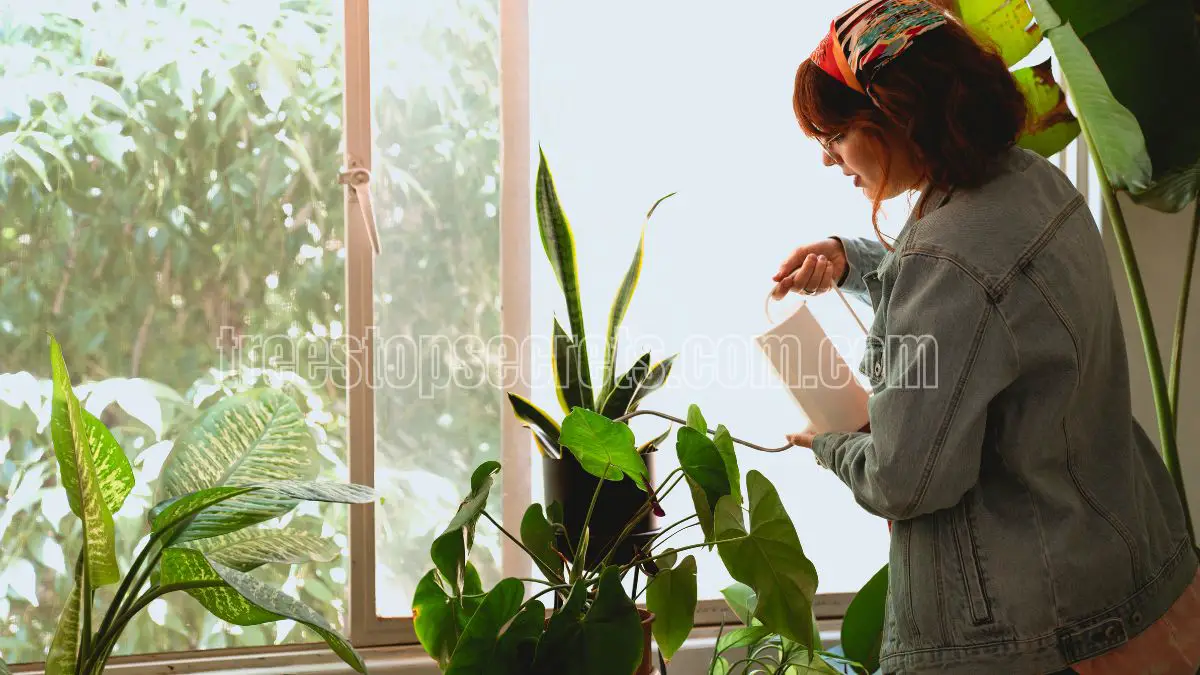
When it comes to houseplants, proper summer houseplant care is just as crucial as during winter months. With a little advance preparation and a solid plant care routine, your favorite houseplants can thrive through the colder, frequently drier season, ensuring new growth and vibrant foliage.
1. Manage Temperature Effectively
It’s important to keep indoor temperatures in a range of 65-75°F, the sweet spot for most houseplants. Especially during winter, windowsills may get extra cold overnight, so try placing plants farther back from the glass.
Don’t put them in front of drafty windows or radiator heaters that will create temperature spikes. A thermometer is useful for monitoring these fluctuations and making sure your plants are not subjected to extreme conditions.
Insulating pots with felt or other protective covers can protect roots from cold surfaces, giving your plant an extra layer of warmth.
2. Adjust Watering Needs
When a plant starts to go dormant, it will need less water. Just remember, don’t forget to check soil moisture and risk overwatering, as this could cause root rot.
Water less often, but soak well when you do, using room temperature water so the plants aren’t shocked by cold water temperatures. In fact, some plants may not need watering at all in winter while others only need the barest of soil moisture.
3. Control Pests During Winter Months
Winter introduces pests that are comfortable in a climate controlled environment. Make sure to constantly check your plant leaves for any signs of infestation and remove them immediately so they don’t infest your entire collection.
Regularly wiping leaves clean to keep them dust-free can help eliminate pests. Sticky pest traps are a great way to catch flying pests that may be lurking in your home, protecting the beauty of your indoor garden.
Indoor Plants That Thrive in Winter
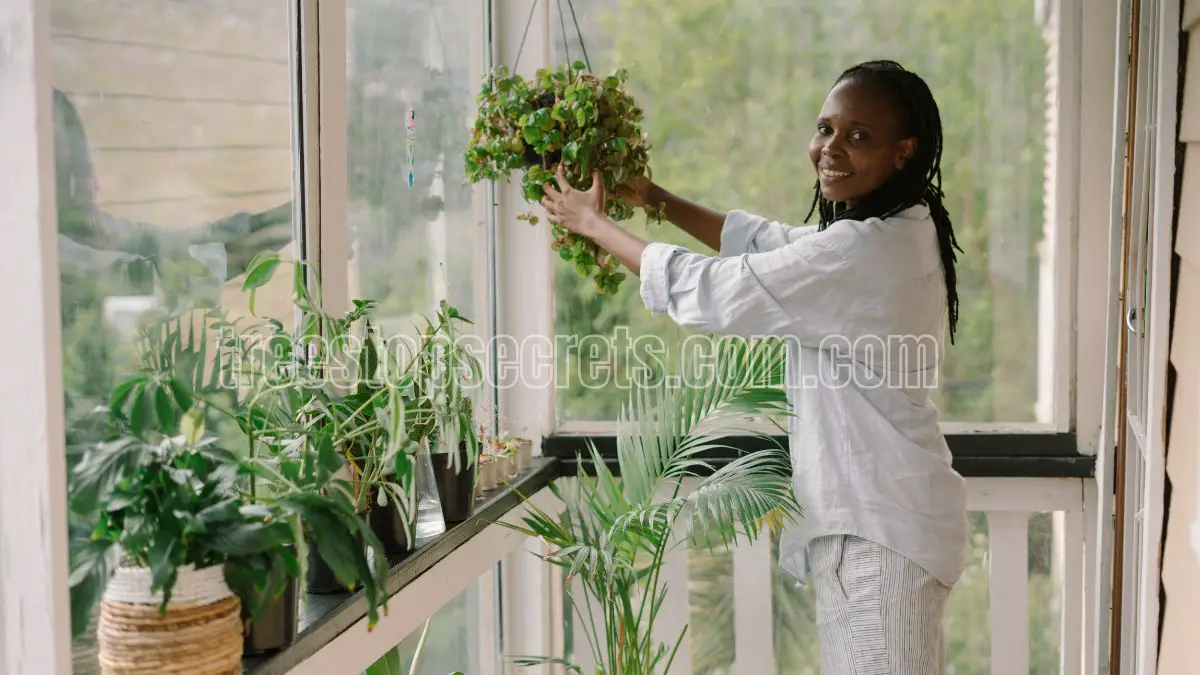
It’s no secret that winter months can be tough on indoor plants; the lack of light and humidity can be brutal. Choosing the right resilient species that will withstand these environments is important to keeping a happy healthy indoor garden.
These plants will be better equipped to handle the lower light conditions and less frequent upkeep during the winter months, easing your worries.
1. Best Indoor Plants for Low Light
Look for plants that thrive in low-light conditions, such as snake plants and pothos. These species exist well in low-light or indirect sun situations, perfect for the winter meetings.
By grouping these plants together, you’ll create a dynamic, lush, humid indoor environment for them! Rotating them every few weeks helps make sure all sides get enough light, leading to more uniform growth.
2. Heat-Tolerant Varieties for Winter Conditions
This makes selecting heat-tolerant varieties necessary for coping with changing indoor conditions. Plants that don’t mind dry air should be at the top of your list, and succulents and cacti fit the bill nicely.
The good news is, there are plenty of tropical plants that tolerate mildly lower indoor climates, allowing for more variety in your plant choices.
3. Regional Considerations for Plant Selection
Choose species that are native or better understood to the cold conditions of your region. Find out what plants need by researching care needs according to seasonal changes, and reach out to local gardening communities for personalized advice.
It’s common for indoor plants to show signs of winter stress, like yellowing leaves or stunted growth. This is normal as they go into semi-dormancy.
Maintaining a daytime indoor temperature of 65 to 75 degrees F is comfortable for most people. Be careful not to neglect your humidity levels!
Conclusion
Indoor plant care in the summer requires a little extra diligence, but the benefits that come from it certainly outweigh the effort! Be aware of light, water, and humidity, and your plants will thrive! Turn your pots periodically to encourage balanced growth and regularly dust your leaves to prevent clogging their pores. Selecting the right plants makes a huge difference as well. This time of year is the perfect opportunity to try new things and create a luscious oasis right inside your living space.
Follow these summer indoor plant care tips and keep your houseplants thriving in the warmer months. With just a small investment of time and energy, you can enjoy a smart, rejuvenating indoor oasis. Get a jumpstart on your care and enjoy a lush indoor garden all summer long.
Frequently Asked Questions
How often should I water my indoor plants in summer?
How often should I water my houseplants during the summer? For proper summer houseplant care, stick your finger into the soil at least an inch deep. If it’s dry at that depth, it’s time to water, adjusting for humidity and plant variety.
What is the best way to provide humidity for indoor plants?
Consider using a humidifier or setting up trays of water and pebbles around your houseplants. Misting leaves is an effective summer houseplant care tip, but be careful not to mist excessively to avoid creating mold.
Should I fertilize my indoor plants in summer?
Should I fertilize my houseplants during the summer? Proper summer houseplant care, including a balanced, water-soluble fertilizer, can encourage new summer growth.
How can I protect my indoor plants from direct sunlight?
As with houseplants, try moving them away from intense sunlight during the hottest hours or using sheer curtains to filter light. This helps prevent scorching of the leaves and supports proper summer houseplant care.
What temperature is ideal for indoor plants in summer?
In general, houseplants thrive best in the 65°F to 75°F range, so it's vital to ensure they’re not too close to heat sources such as radiators or air-conditioning vents during the summer.
Can I repot my indoor plants in summer?
During summer, when houseplants experience new summer growth, they are in active growth, allowing them to better withstand the stress that comes with proper summer houseplant care, such as repotting.
How do I know if my indoor plants are getting enough light?
Look for indicators such as stunted growth or leggy growth, as these are clear signs that your houseplants require additional light. You’ll know your plants are thriving when they are producing dark green foliage and have a strong upright form.
Image Source: Paid image from CANVA



